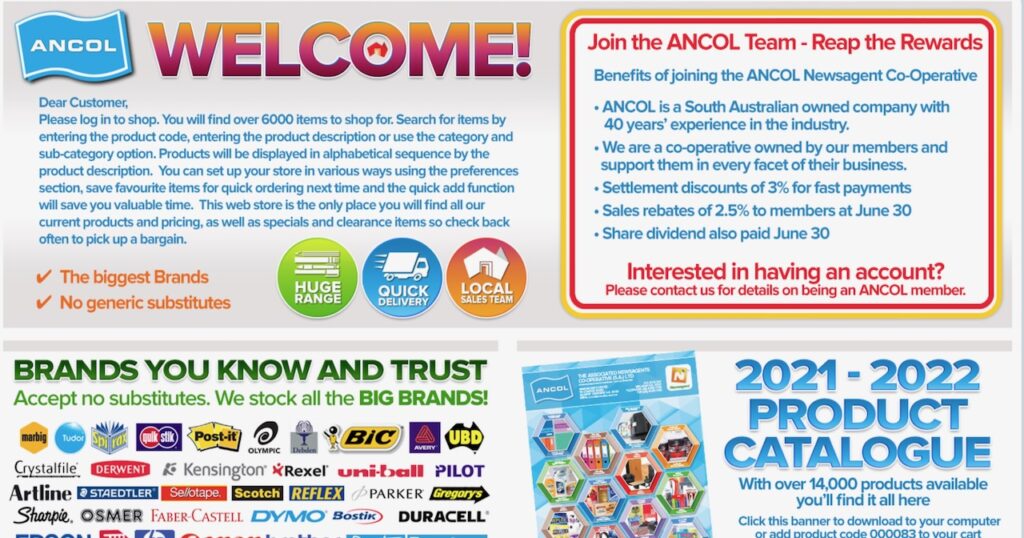The recent announcement by Dollar Tree, Inc., the parent company of Family Dollar, to close 600 stores has sent ripples through the retail industry in the US. I am sure it has plenty of Aussie retailers watching on with interest.
Not only are they closing 600 stores, the company announced will also shut down 370 Family Dollar and 30 Dollar Tree stores when each store’s current lease ends. That’s a lot of closures for a business that is a significant player in the deep discount space.
This move has many wondering: Is this the end of the deep discount retail model, or just a strategic shift for Family Dollar?
In Australia, deep discount is national represented by the Reject Shop. Locally, the model is represented by the many of what we call $2 shops, or junk retail is , I suspect unfairly, call them.
I think we are seeing a shift in this deep discount space. Online is playing a role, especially Temu from China.
I do note that Dollar Tree itself remains committed to the deep discount market. They’ve emphasised that the closures are designed to strengthen Family Dollar, not abandon the concept entirely. But they have also said they want to drive business financial performance.
It’s possible the deep discount space might be reaching a saturation point. With so many discount retailers vying for customers, some consolidation may be inevitable.
While affordability remains important, shoppers might be prioritising quality over the rock-bottom prices traditionally associated with deep discount stores.
We will have to see what plays out in Australia.
Here’s what we know though – discount variety shops, $2 shops, deep discount shops, regardless of what you call them, focus on selling at the lowest price. That shopper will not be loyal unless your price remains low. So long as there is someone desperate enough to go lower, you’ll find shoppers today gone tomorrow. This is one reason I have never played in the discount space in retail. I don’t see how there is sustainable profitability in it frankly.
I think online, Temu and others, as well as local independent $2 shops will keep pressure on this slim margin channel. I think this means retailers in this space in Australia will find it tough. We can make it tougher for them if we continue to focus on quality products sold at a better price and likely a price that has a lower cost when you consider valuable product lifetime. People notice this.
For me, value is more about quality than the ticket price of the item. They key is for us to communicate this in an understood and cut through way to our shoppers in-store and those we seek to attract.
Pitching solely on price is weak, and we can exploit this.







